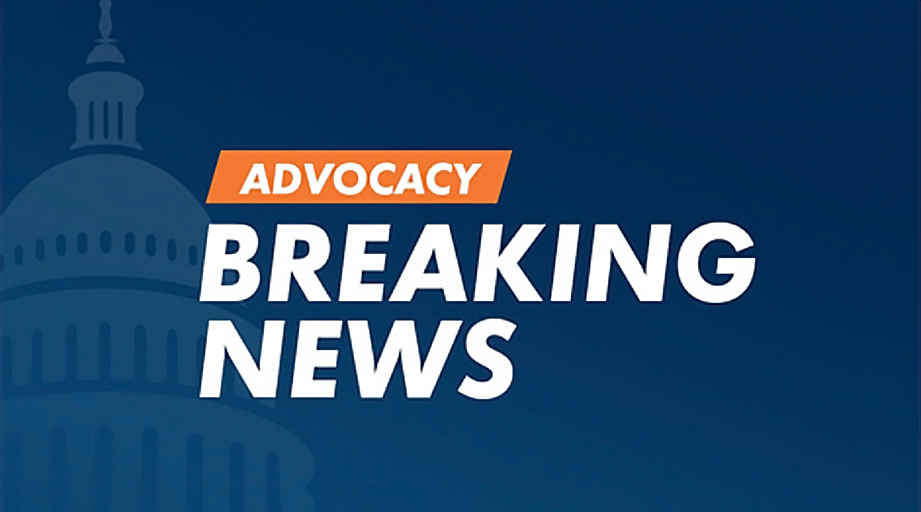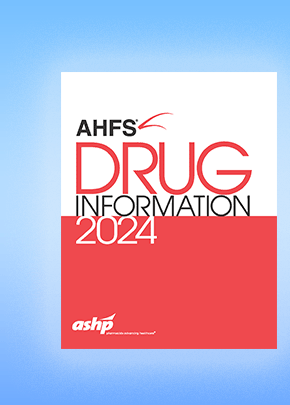
As COVID-19 continues to ravage U.S. communities, pharmacists are monitoring the emergence of racial disparities in care and advocating for the profession to help address health inequities.
Demographic data confirm that Black and Latino communities have been disproportionately affected by the COVID-19 pandemic:
- A recent The New York Times analysis of federal data found that Black and Latino U.S. residents have been three times as likely as white people to become infected with COVID-19.
- The Centers for Disease Control and Prevention’s (CDC) data on demographic trends of reported COVID-19 cases and deaths show Latinos make up 32% of COVID-19 cases and Black, Non-Hispanic people make up 20% of cases as of Aug. 3. However, this data are limited in that it race and ethnicity data is not uniformly reported.
- The COVID Racial Data Tracker, a collaboration between the COVID Tracking Project and the Boston University Center for Antiracist Research, reports that Black people have died at 2.5 times the rate of white people, and The Washington Post reports COVID-19 is the cause of death for 1 out of every 5 deaths among Hispanics.
Kathleen Kennedy, dean of the Xavier University of Louisiana College of Pharmacy, has worked extensively to address health disparities, through community engagement efforts and as the founder of the Center for Minority Health and Health Disparities, Research and Education. She was named by Gov. John Bel Edwards to the Louisiana COVID-19 Health Equity Task Force. The task force aims, through its research and actions, to improve health outcomes and equity in Louisiana.
Kennedy serves on the executive committee and is part of a team tasked with creating a dashboard to display comprehensive data on infection trends. Without good data, “you can’t make recommendations about what’s going on,” she said.
In the early months of the pandemic, testing in many areas was limited to those who were very sick and some people were told to call their primary care provider if they felt sick. But many people in underserved communities don’t have primary care physicians and by the time they sought care in the emergency department, they were severely ill.
“I think, from the beginning, that was one of the biggest problems,” she said.
Staff and students at the college of pharmacy have worked since the start of the pandemic to increase testing in low-income neighborhoods. Students have also become certified as contact tracers and have received cultural competency training to be more effective in contract tracing work in underserved communities.
“With COVID-19 it’s all about being able to talk to people where they are, and to have people who look like you in your community telling you things that you will believe,” Kennedy said.
Kennedy said one of her faculty colleagues went to mobile testing sites to serve as an additional healthcare resource. Often times, people seeking tests had other health needs that were not being met during stay-at-home orders, she added.
In South Florida, COVID-19 has had a bigger overall impact in patients with co-morbidities, said Dave Lacknauth, director of pharmacy services at Broward Health in south Florida, which has a diverse community and large concentrations of Latinos. Clinical outcomes are impacted by genetics and environmental factors such as diet and exercise, he added.
“Some cultural impacts may include more fried foods and less than healthy options,” Lacknauth said. “I believe you’ll also see a higher impact on co-morbidities tied to unhealthy diets as a result. Diabetes and hypertension are prevalent clinical populations that we work with on a regular basis.”
Pharmacists can contribute meaningfully toward tackling disparities in care during the pandemic in a number of ways through their unique positioning in communities, Lacknauth said, in particular with public health management.
“Pharmacists are strategically positioned throughout all of our communities and easily accessed by most community members. I believe educational sessions in a language that the patient can understand are critical for changing behaviors,” he said.
In southern California, where Latinos are disproportionately affected by COVID-19, education about the virus is also a critical measure that pharmacists are engaged in.
“In San Diego County, Latinos make up roughly 34% of the population but they account for more than 60% of the COVID-19 cases,” said Suzanne Shea, vice president of System Pharmacy & Clinical Nutrition at Sharp HealthCare, the region’s largest health system.
Sharp Healthcare’s outreach to communities includes health campaigns that run in English and Spanish, and staff routinely do interviews for Spanish-language radio and TV news.
“Part of routine care is to be all-inclusive and to provide the community the services and care they need through our integrated network versus just a pharmacy-run program,” Shea said.
Unmet healthcare needs are common in low-income communities, which are disproportionately affected by hypertension, diabetes, asthma, and other chronic health conditions. These communities may also lack ready access to healthy foods, pharmacies, and safe venues for physical activity.
“As pharmacists, we have to worry about the patients in their normal living situations and consider they are choosing housing and food over medication,” said Trishia Shaw, clinical assistant professor of pharmacy practice at Chicago State University College of Pharmacy. “We need to figure out how we can target our efforts, figure out ways to address those a little more aggressively. There are a lot of underlying social issues that are at play.”
One measure that Chicago State University took last year was to partner with the Greater Chicago Food Depository to operate a food pantry to locally address food insecurity.
Black people often feel their healthcare providers are not hearing them or appropriately treating their conditions, Shaw said. She said these beliefs are layered and rooted in general mistrust of healthcare stemming from abuses such as the mistreatment of Black people during the infamous Tuskegee syphilis experiment.
“There is a mistrust of healthcare in general, and this fuels this desire not to go to the hospital,” she said. “They might think going to the hospital might not solve their problem, and there will be a hospital bill they can’t pay.”
With regard to COVID-19, there was a cultural aspect in both the lack of testing in predominantly Black communities and a myth swirling in the early days of the pandemic that Black Americans weren’t being affected, Shaw said.
“There’s also this component of not wanting to know if they do or don’t have it,” she said. “Many would rather tough out the situation than have a confirmatory diagnosis.”
Jewel Younge observed this phenomenon as well, and she became increasingly concerned about the impact the virus would inevitably have on predominantly Black communities. Younge, a clinical assistant professor and clinical pharmacist at University of Illinois College of Pharmacy, spearheaded a virtual discussion hosted on the college’s Facebook page, “Real Talk About COVID: Myths and Realities about COVID-19 in Black and Brown Communities.”
Early on, she said, she observed skepticism about whether COVID-19 was “real.” She believed long-held distrust of the healthcare community could lead Black community members to resist in seeking care for symptoms.
“When we started to discuss what the primary obstacles were to get people to change, it was less the specifics of the myths, but more the belief system that generated that myth,” Younge said. “How are we, as practitioners, able to address the myths circulating early on, and how do we talk to people about that belief that stems those myths?”
Across the country, there is heightened recognition of the need to act more aggressively to tackle racial health disparities that have been documented throughout the pandemic. Vermont, Massachusetts, and Louisiana are just some of the states that have formed task forces to provide guidance to policymakers.
On June 7, ASHP announced the creation of 18 members to its Task Force on Racial Diversity, Equity, and Inclusion. The task force is focused on identifying actionable steps and solutions to create sustainable change in key areas within the scope of ASHP’s mission, including education, training, and advocacy.
Additionally, ASHP’s House of Delegates on June 9 approved ASHP Policy 2036 (Racial and Discriminatory Inequities), which recognizes the existence of racism, discrimination, and inequality in healthcare and society. The new policy asserts that racism and all forms of discrimination and injustice are intolerable and commits ASHP to fostering a just and inclusive healthcare system and society.
Pharmacists interviewed for this article agree that at a minimum, pharmacists, particularly those in ambulatory care and in the community setting, should receive cultural competency training as continuing professional education. Shaw said students should be taught early on about healthcare disparities among different ethnic groups across the United States.
She added that if healthcare professionals can figure out how to help patients meet their basic life needs, “then we can start to change how they feel about their health conditions and start to see better outcomes once we address those basic needs that are probably not being met.”
Having the mindset of recognizing those economic hardships is part of what pharmacists and preceptors should be teaching pharmacy students and residents, she said.
In south Florida, pharmacists in the ambulatory care setting regularly consult with patients with more complicated disease states.
“South Florida is a melting pot of cultures, so understanding the patient’s unique circumstances during these visits are always front-facing to our pharmacists,” Lacknauth said. “Our communication in South Florida is one where cultural influences are recognized and implemented with our recommendations for chronic care management.”
Addressing complex racial health disparities starts in your community, Younge said.
“Lack of access to healthcare is not an urban or a rural issue,” she said. “The solution is hyperlocal. As a pharmacist, you may work in a hospital or in a clinic, but you also ‘work’ in your family, your church, your stores — you are the face of the healthcare community to so many people.”
[This news story appears in the December 1, 2020, issue of AJHP.]









